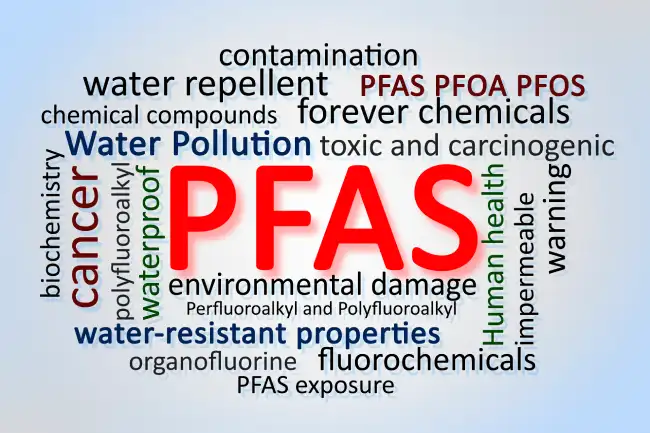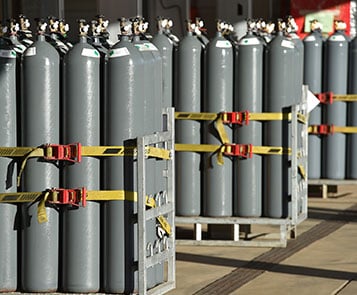Proper OSHA Chemical Labeling for Compliance
If you work in any field that pertains to hazardous waste management in any region of the United States, and also in any niche; you are bound by a few sets of rules. And by a few I mean a lot more than a few. Some of those rules are simple to follow and some of them are not. In the following paragraphs I am going to give you the keys to giving your hazardous waste program a good old compliance boost! (For those with a weak heart you might want to turn back now).
The proper labeling of chemicals in the form of labeling for hazardous and non-hazardous waste will take you very far in the world when it comes to being subjected to a full force inspection. Each state has it’s own special rules but you can boil it down to a few specific easy to follow items:
• The words hazardous waste
• Full chemical name with no chemical formulas or abbreviations
• Properly checked off hazard classes (Toxic, Ignitable, Corrosive, Reactive)
• A date when the container has been “deemed” full by its owner
Some states won’t require all of the above to be followed, but some states will (for a complete listing of what your state requires – Please go to your state specific website).
When it comes to non-hazardous waste the most important thing is that regulators know and understand visually that the waste in question is actually non-hazardous waste. With the simple creation of a label that states what the waste stream is and the words non-hazardous you can avoid questioning.
These are both state and federal requirements so make sure that your labeling your hazardous and non-hazardous waste appropriately because it accounts for a large percentage of violations that we see on a day to day basis. Simple training on this matter will help you avoid writing a large paycheck to your favorite regulatory institution.
As always if you have any questions, please feel free to call me at 339-226-0524.






